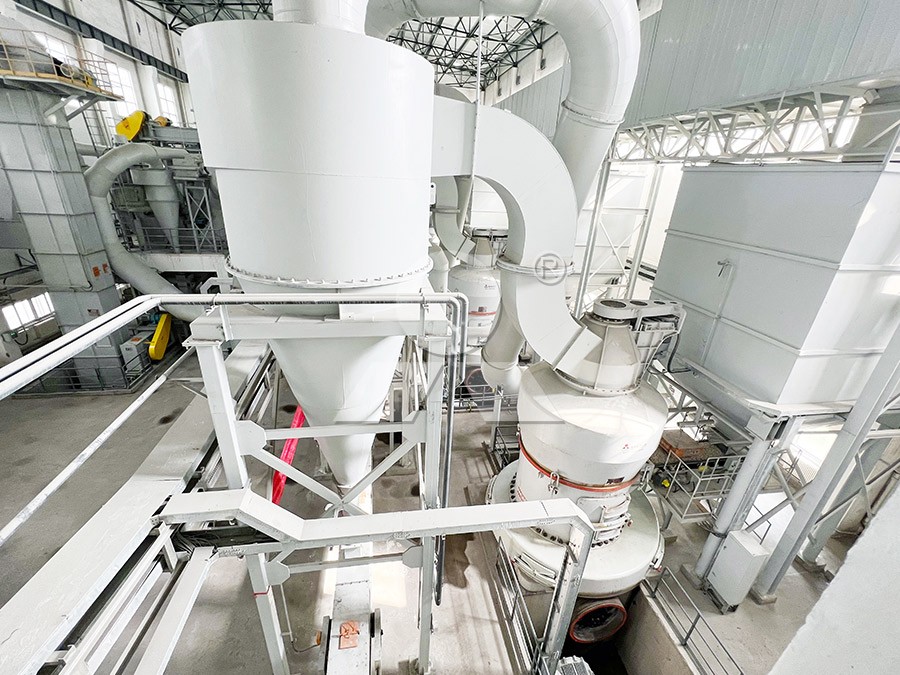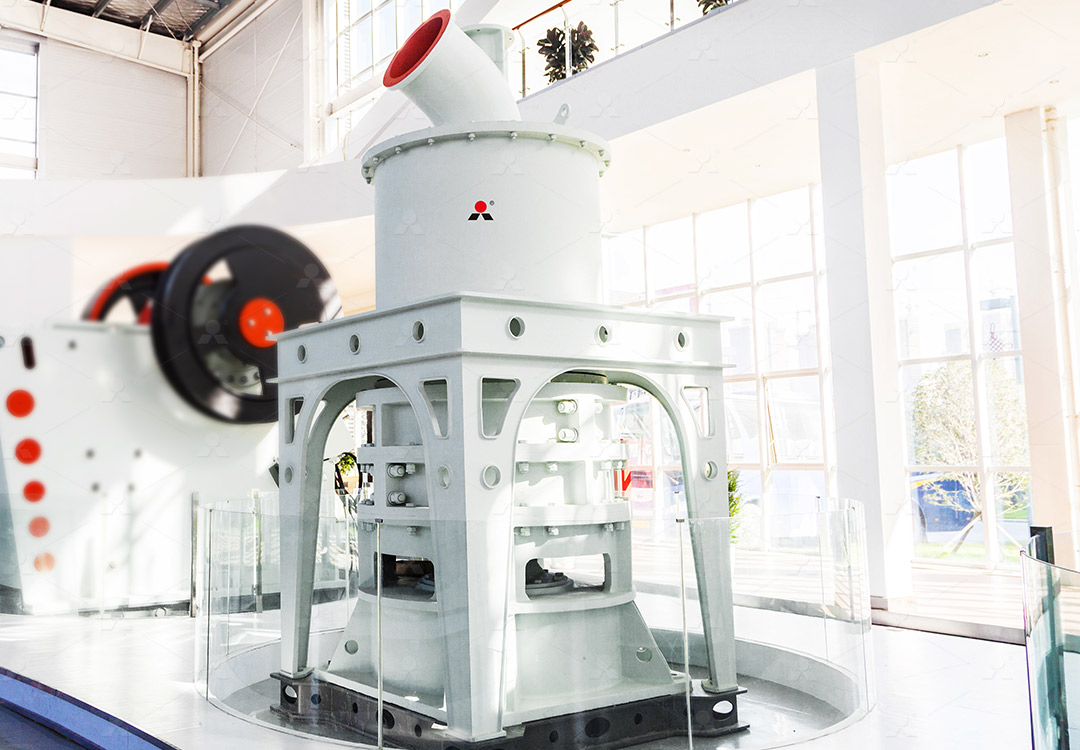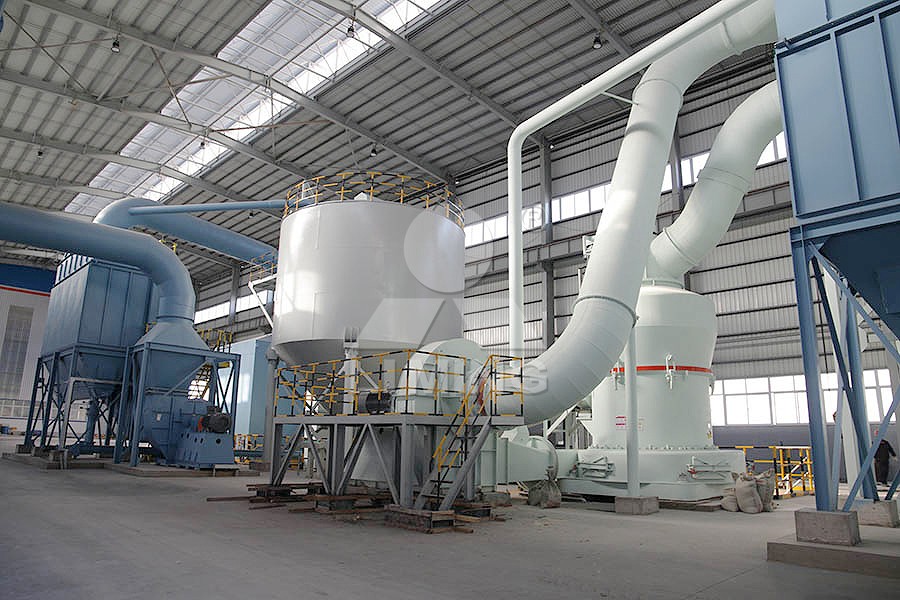3R Raymond Mill for Efficient Coal Powder Production
3R Raymond Mill for Efficient Coal Powder Production
In today’s rapidly evolving industrial landscape, the demand for efficient coal powder production has never been higher. As industries seek reliable solutions for pulverizing coal into fine powders for various applications, the 3R Raymond Mill stands out as a proven workhorse in mineral processing operations worldwide.

The Backbone of Coal Processing
The 3R Raymond Mill, representing three grinding rollers, has established itself as a cornerstone technology in coal powder preparation. This robust grinding system operates on the fundamental principle of grinding materials through the spring pressure applied between the grinding rollers and the grinding ring. The centrifugal force generated by the rotating main shaft causes the rollers to swing outward, pressing against the ring and crushing the fed materials effectively.
What makes the 3R Raymond Mill particularly suitable for coal processing is its ability to handle materials with hardness below 9.3 on the Mohs scale and moisture content below 6%. With an input size capability of less than 25mm and production capacity ranging from 0.6 to 5 tons per hour, this mill strikes an optimal balance between performance and operational costs.
Advanced Alternatives for Enhanced Performance
While the traditional 3R Raymond Mill continues to serve many operations effectively, technological advancements have led to more sophisticated solutions for operations requiring higher efficiency and finer powder outputs. For facilities seeking to upgrade their coal processing capabilities, we particularly recommend considering our MW Ultrafine Grinding Mill.
The MW Ultrafine Grinding Mill represents a significant leap forward in grinding technology. Engineered for customers requiring ultra-fine powder production, this advanced system handles input sizes up to 20mm with capacities ranging from 0.5 to 25 tons per hour. Its innovative design eliminates rolling bearings and screws within the grinding chamber, addressing common failure points in traditional mills and substantially reducing maintenance requirements.

Key Advantages for Coal Processing
The MW Ultrafine Grinding Mill offers several distinct advantages for coal powder production:
- Higher Yielding with Lower Energy Consumption: The newly designed grinding curves of the grinding roller and ring enhance grinding efficiency significantly. Production capacity is 40% higher than jet grinding mills with the same fineness and power requirements, while system energy consumption is only 30% of jet grinding mills.
- Adjustable Fineness: With its German-technology cage-type powder selector, the MW mill allows operators to adjust product fineness between 325-2500 meshes, achieving screening rates of d97≤5μm in a single pass.
- Environmental Compliance: Equipped with an efficient pulse dust collector and muffler system, the MW mill minimizes dust pollution and noise emissions, ensuring operations meet stringent environmental standards.
For operations requiring vertical grinding solutions, our LUM Ultrafine Vertical Grinding Mill presents another excellent option. With independent design incorporating the latest Taiwanese grinding roller technology and German powder separating technology, the LUM mill integrates ultrafine powder grinding, grading, and transporting into a single efficient system.
Operational Considerations
Successful coal powder production requires attention to several operational factors. Material moisture content should be carefully controlled, as excessive moisture can lead to clogging and reduced efficiency. Regular maintenance of grinding components ensures consistent particle size distribution, while proper air flow management within the system optimizes powder separation and collection.

The choice between traditional 3R Raymond Mills and advanced alternatives like the MW Ultrafine Grinding Mill ultimately depends on production requirements, desired fineness, and operational priorities. While the 3R Raymond Mill offers proven reliability for standard applications, the MW series provides enhanced efficiency, finer grinding capabilities, and reduced environmental impact for operations seeking to maximize their coal processing performance.
Frequently Asked Questions
What is the typical particle size range achievable with a 3R Raymond Mill for coal processing?
The 3R Raymond Mill can typically produce coal powder with fineness ranging from 80 to 325 mesh, suitable for most industrial applications requiring pulverized coal.
How does the MW Ultrafine Grinding Mill compare to traditional Raymond Mills in terms of energy efficiency?
The MW Ultrafine Grinding Mill reduces energy consumption by approximately 30-40% compared to traditional Raymond Mills while achieving higher production capacity and finer powder outputs.
What maintenance advantages does the MW Ultrafine Grinding Mill offer?
The MW mill’s design eliminates rolling bearings and screws in the grinding chamber, significantly reducing common failure points. The external lubrication system allows for maintenance without shutdown, supporting continuous 24-hour operation.
Can these grinding systems handle other materials besides coal?
Yes, both the 3R Raymond Mill and MW Ultrafine Grinding Mill can process various materials including limestone, calcite, dolomite, gypsum, barite, marble, talc, and other non-flammable, non-explosive materials with similar hardness characteristics.
What environmental features are incorporated into modern grinding mills?
Contemporary designs like the MW Ultrafine Grinding Mill include efficient pulse dust collectors, mufflers, and noise elimination technologies that minimize dust pollution and noise emissions, ensuring compliance with environmental regulations.
